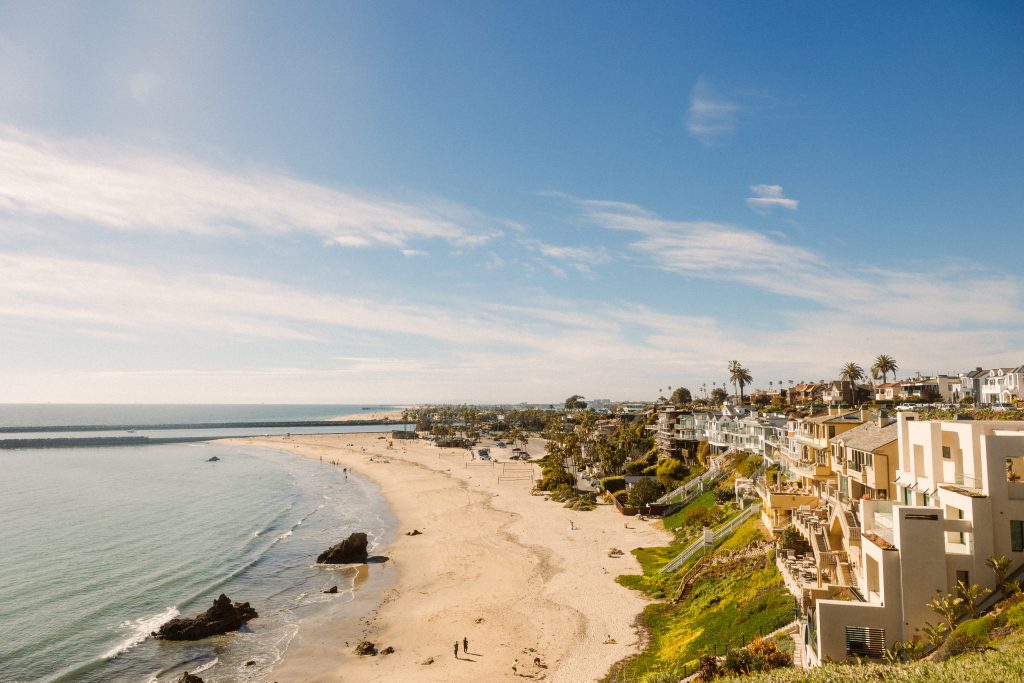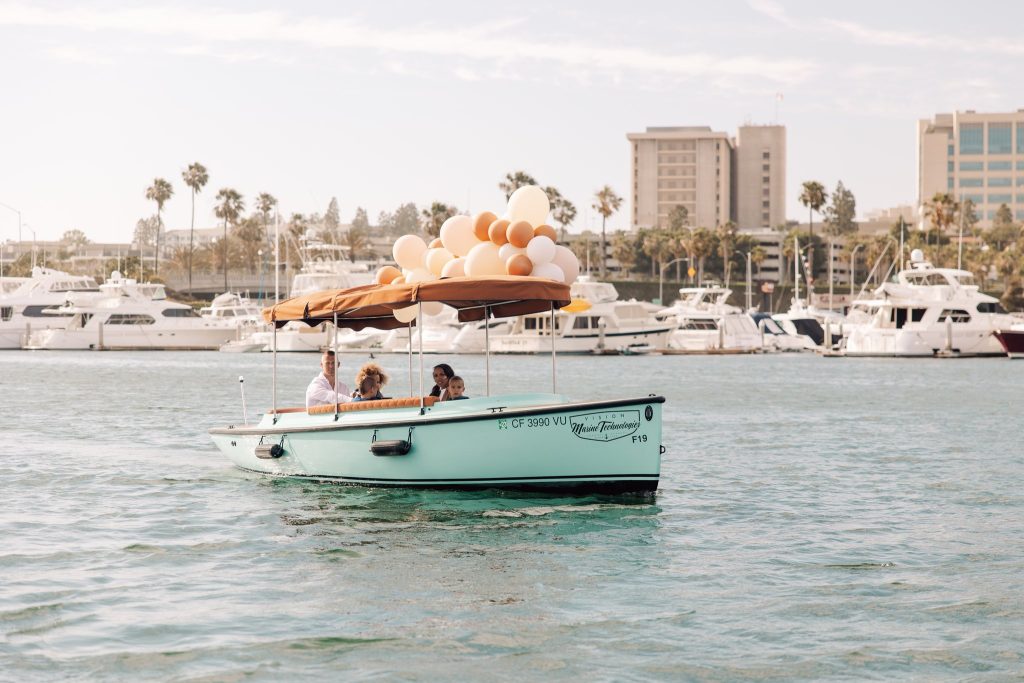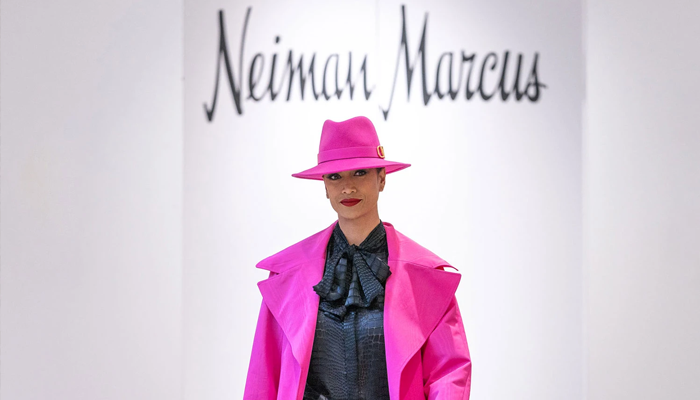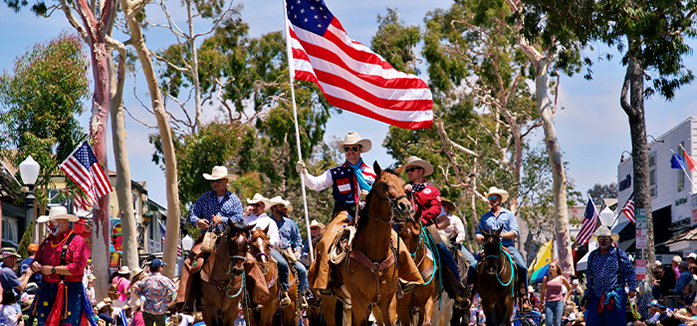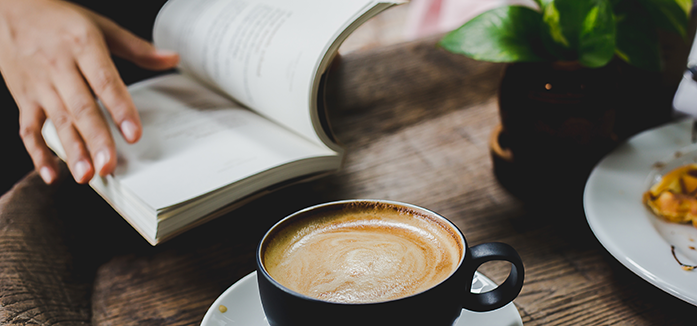The Art of Collecting
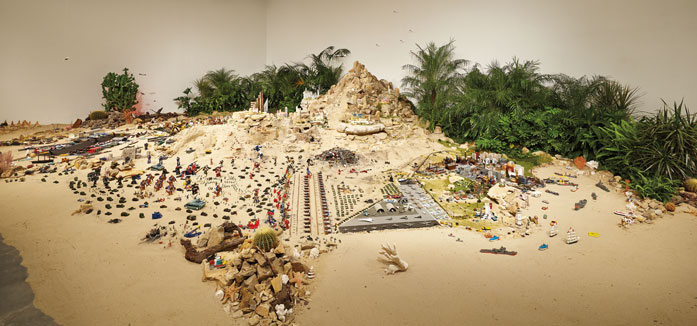
“Fall in love at first sight.” This is the foremost rule a prospective art buyer should follow when choosing pieces for their home, says Dan Cameron, chief curator at the Orange County Museum of Art in Newport Beach. “Then, imagine what it would be like to see that piece every day, and determine whether or not it is affordable,” he says. “When you’ve eventually bought something and paid it off in installments, you’ll say to yourself, ‘Gee, that wasn’t so bad, was it?’”
Joining OCMA at the beginning of 2012, Cameron has more than three decades of experience curating renowned contemporary art exhibitions across the country and abroad. Through January 4, the museum features The Avant-Garde Collection, an exhibition that trace’s OCMA’s acquisitions highlights over 50 years, with a specific focus on the evolution of “avant-garde” — from pop culture art of the 1960s to identity politics of the 1990s.
Here, Cameron reveals more about the art of collecting art. Once you’ve seen the exhibition and are feeling inspired, check out the area’s many art galleries and wait to fall in love.
Should I collect from only famous artists?
Absolutely not — in fact, first-time art buyers should avoid famous artists like the plague. They are generally overpriced, and the examples one can actually obtain are generally inferior. The best art to buy is work by somebody you know, or by an emerging artist who other artists swear by — always a good sign.
What is provenance, and why is it important?
This is the record of whose hands it’s passed through between the time it left the artist’s studio and when it got to you. It’s extremely important to know this history because it determines the significance of the work in question relative to other works made by the same artist.
What happens if I start an art collection, and then my tastes change?
Your tastes will change, and that’s something to feel positive about. I sometimes give art to friends on long-term loan if they have empty walls and have been coveting something I have. If you’ve been working with good galleries, they will help advise you on resale options, including auctions. You can also do what many collectors do, which is rent a storage unit to keep your unused art, and then rotate. Or you can donate it to your local museum — providing you collect what they collect — and start all over again from scratch.
How are prices on art determined?
Like any other commodity, art prices are generally determined based on supply and demand, but with plenty of built-in caveats: how long it took to make the work, when it was made, the quality of materials and/or fabrication, and the stylistic connection (or lack thereof) between the work and other works by the same artist. Also, since contemporary art is currently in a bubble phase, you should also factor in the reality that galleries will currently charge whatever the market will bear.
Is there such a thing as “bargain” art?
I believe all art is a bargain, if you think about the fact that an object of beauty that you currently own might wind up someday in a museum, where it will be preserved and enjoyed in perpetuity. Also, when you consider the number of years of training and disciplined practice that went into it, you realize you’re buying a major piece of the artist’s life when you purchase a painting, drawing, video, or sculpture.
Is art a wise financial investment?
I think that most financial analysts would tell you that if you know what you’re doing, art is one of the soundest financial investments that currently exist. But there’s a catch: If you’re buying art for investment reasons, you are likely to end up disappointed in the long run because most highly paid art consultants don’t know as much about art as your friendly neighborhood museum curator, who will generally give you her or his advice for free — and would generally prefer that once your connoisseurship skills have been sufficiently honed, you only buy what you love.


